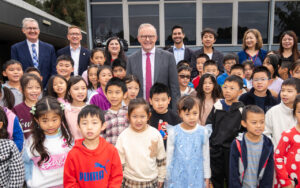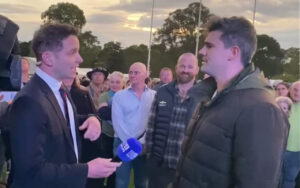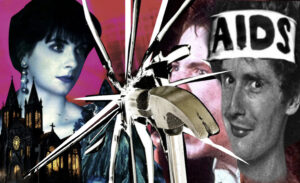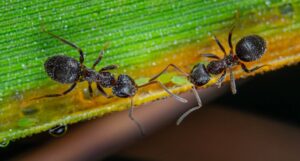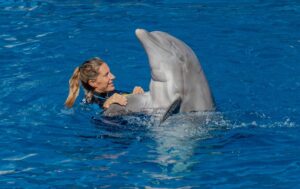About 4.5% of Australians aged 16 and older – one in 20 – are either homosexual or claim to be a gender that they are not, according to new government estimates.
The Australian Bureau of Statistics (ABS) on Thursday released experimental estimates of so-called LGBTI+ populations, and found that nearly 10% of those in the 16 to 24 age bracket either claimed to be lesbian, gay or bisexual, have “variations of sex characteristics”, or were gender-deluded.
1.5% (315,800 people) of the 16+ population said they were gay or lesbian, 1.7% (337,100 people) claimed to be bisexual, and 0.4% (83,600 people) used a different term to describe themselves, such as “asexual”, “pansexual” or “queer”.
94.9% said they were heterosexual, and 1.5% said they either didn’t know or preferred not to say.

An estimated 178,900 Australians aged 16 years and over, or 0.9% of the population, claimed to be a gender that they are not, and the ABS estimated that 0.3% (67,100 people) were biological females who call themselves “trans men”, 0.3% (52,500) were biological males who call themselves “trans women”, and 0.3% (58,500) were “non-binary”.
Another 0.3% of the population, or 63,300 people, reported being born with variations of sex characteristics, which the ABS defines as “innate genetic, hormonal or physical sex characteristics that do not conform to medical norms for female or male bodies”.
The ABS combined data from nearly 45,000 people who responded to one of four recent ABS health surveys to arrive at the estimates.
“The Australian figures are very similar to New Zealand’s 2023 Census data. As in Australia, 3.6% of New Zealanders are lesbian, gay, bisexual or use a different term to describe their sexual orientation. Around 0.9 per cent of Australians and 0.6 per cent of New Zealanders are trans and gender diverse,” the ABS said.
“The 2026 Australian Census will include questions on gender and sexual orientation for people aged 16 years and over. This will provide more detailed data by geography and population characteristics for LGB+ and trans and gender diverse populations in Australia.”
Header image credit: ABS, Anthony Albanese (Facebook)


